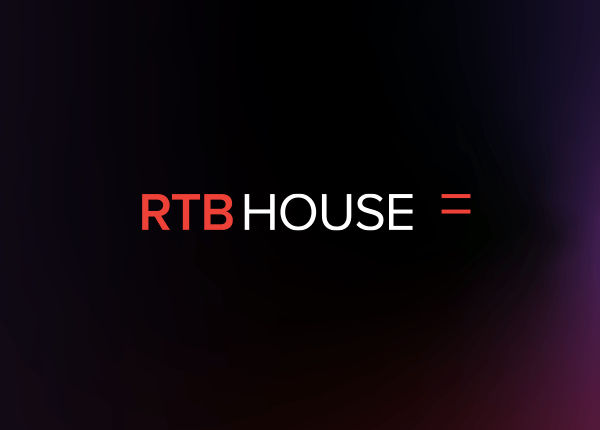Last Updated on: 10th July 2023, 09:19 am
In the second episode of our “Media Review” series, we take a deeper look at Google’s announcement about the Privacy Sandbox timeline, consider how businesses should use the time that Google just gave them, and analyze the privacy aspects of FLoC.
Table of Contents:
- The Privacy Sandbox Timeline – Google
- 5 Things Brands Should Do With The Time Google Just Gave Them – AdExchanger
- Privacy analysis of FLoC – Mozilla
- How ad blockers can be used for browser fingerprinting – Dev.to
The Privacy Sandbox Timeline – Google
= Late Friday 23 July, Google presented a dedicated website where the company will keep the current, more detailed timeline for the Privacy Sandbox, which will be updated monthly
= This timeline indicates that the proposals for both displaying and measuring ads will enter the Origin Trials phase starting Q4 2021
= The testing phase of these proposals is expected to last three quarters and Google expects they will be be ready for adoption by Q3 2022
= At the same link, Google will also update the timeline for proposals addressing covert tracking techniques, such as fingerprinting and network-level tracking, examples of which are: User-Agent Client Hints, User-Agent Reduction, WebID API, and Gnatcatcher
5 Things Brands Should Do With The Time Google Just Gave Them – AdExchanger
= After Google announced that cookies will stay with us a little longer, many brands have decided to pause their efforts to prepare for the cookieless world
= Mario Diez from Peer39 proposes 5 things that they should do instead of waiting:
= Remember that we are in the privacy-first era, and it’s not the time to leverage exploitive targeting tactics, as users are more aware now than ever before
= Stick to the timeline planned prior to the announcement to learn for the remainder of 2021 and 2022 and be ready when the time comes
= Test alternative data solutions which are likely to emerge in the upcoming months to find the right mix for your brand
= Don’t ignore the inventory on Firefox and Safari, as they already block cookies, which may serve as good testing grounds for marketers to understand how advertising and measurement can work without them
= Focus on measurement, because cookie deprecation brings a need for new post-cookie solutions to allow for attribution in this new environment
= Mario Diez ends with a powerful statement: “Don’t slow down now.”
Privacy analysis of FLoC – Mozilla
= Mozilla, one of the leading browser providers, published an extensive privacy analysis of the current version of the Google Chrome FLoC proposal
= The company states that FLoC Cohort IDs can be used for tracking through:
= Browser fingerprinting, as a combination of FLoC Cohort ID and other pieces of data, such as operating system, language used, etc.
= Multiple visits linked by a tracker to distinguish an individual user from cohort IDs assigned over time are especially problematic as it avoids modern anti-tracking mechanisms
= Information leaks, using cohort ID as a common key to combine it with fingerprinting data from other sources
= Additionally, Mozilla claims that the countermeasures to these issues proposed by Google are insufficient, citing an example of the difficulty in excluding data from websites from sensitive categories
= This analysis is especially important, as Google brought it up on the Web Commerce Interest Group (WCIG) call on July 7th as an example of the industry feedback that it will take seriously while working on future iterations of FLoC
How ad blockers can be used for browser fingerprinting – Dev.to
= Savannah Copland conducted a thorough analysis of how signals generated from ad blockers can improve fingerprinting accuracy
= Ad blockers aim to disable ads from displaying, but also protect browsing activity from being tracked by 3rd-party scripts
= However, because they have access to the content of all pages that a browser loads, they have a lot of information about user browsing activity
= A JavaScript script running on a webpage can try adding something to the page and see if it gets blocked to determine:
= A list of blocked CSS selectors
= A list of ad blocking filters
= This information combined with other data can potentially be used to build a single identifier – a visitor fingerprint
If you have any questions, comments or issues, or you’re interested in meeting with us, please get in touch.





























